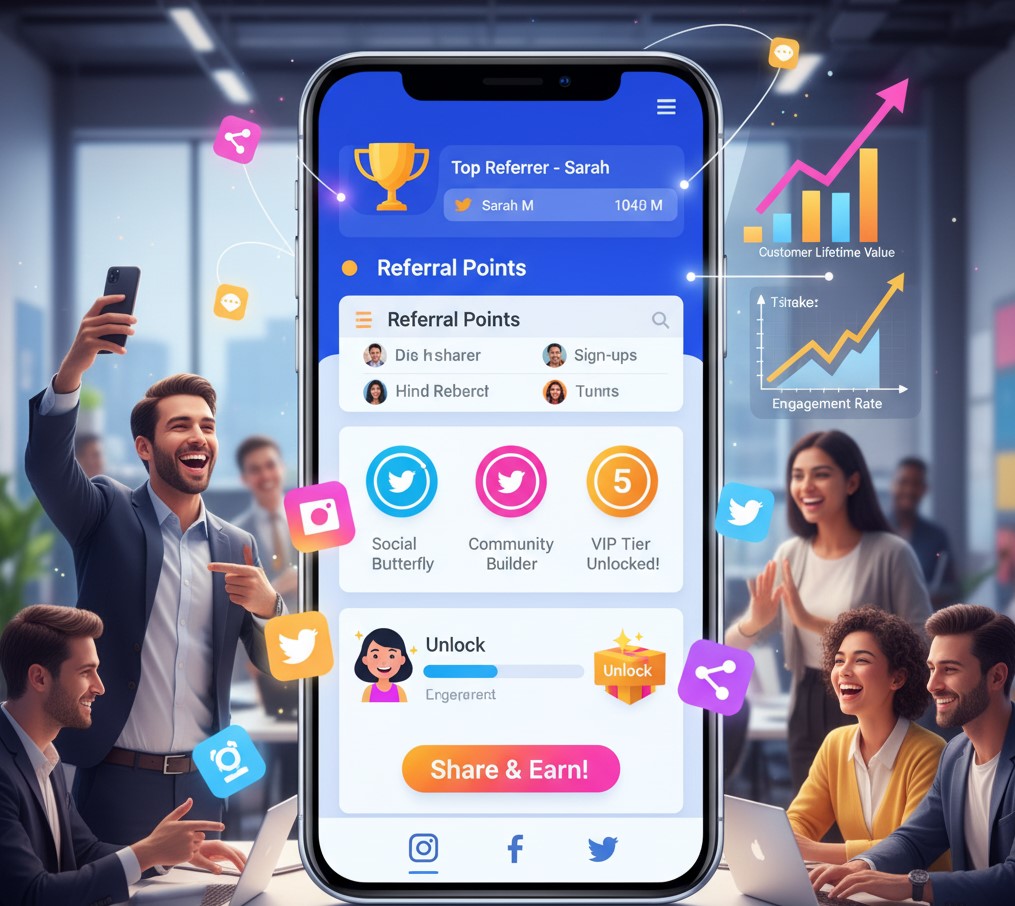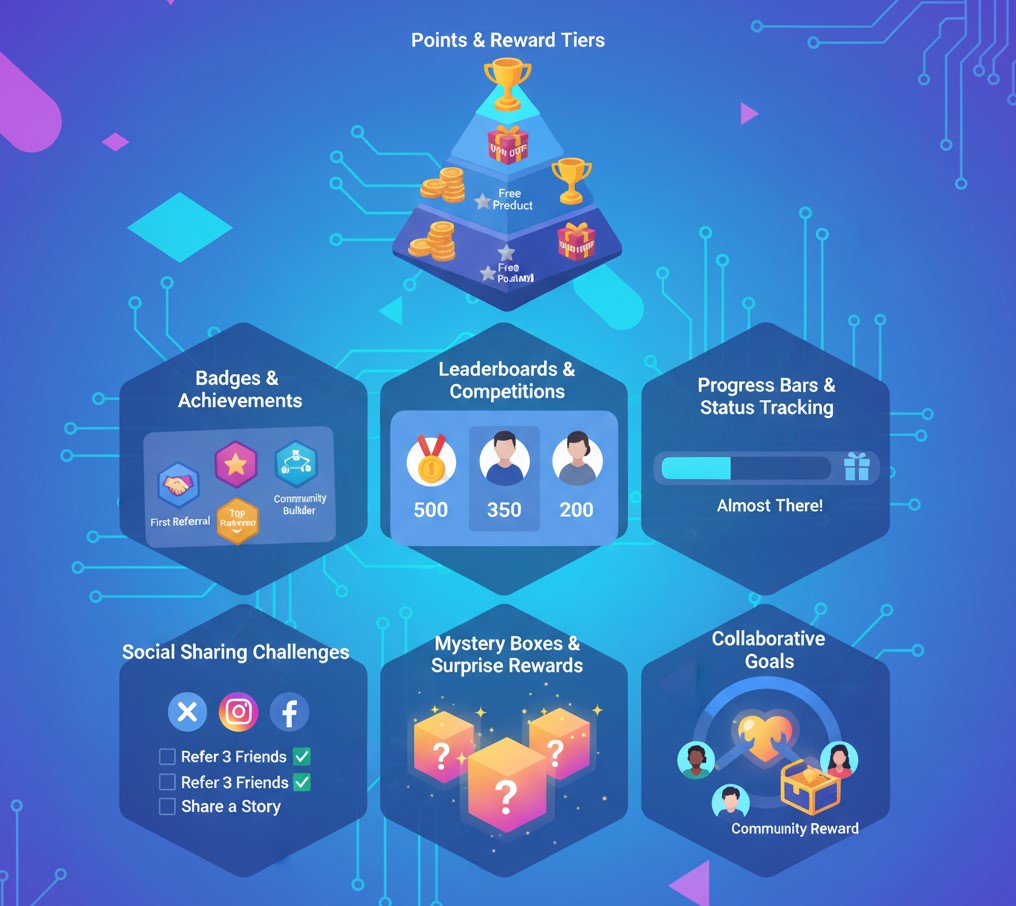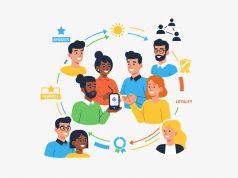Referral marketing has long been one of the most cost-effective ways to acquire new customers. But as consumer expectations evolve, simply asking for referrals isn’t enough. Gamification—the use of game-design elements in non-game contexts—can supercharge your referral program by tapping into users’ natural desire for achievement, competition, and recognition. In this post, we’ll explore seven proven gamification strategies that will drive engagement, amplify word-of-mouth, and deliver sustainable growth.
What Is Gamification in Referral Marketing?
At its core, gamification applies game mechanics—such as points, badges, challenges, and leaderboards—to non-game scenarios. In the context of a referral program, these mechanics incentivize customers to share your brand by making the process fun, rewarding, and social. Instead of passively offering a one-time discount for each referral, you transform referrals into an engaging journey packed with milestones, rewards tiers, and friendly competition.
Why Gamify Your Referral Program?

- Increased Engagement: Game elements motivate customers to participate more actively and frequently.
- Social Proof: Leaderboards and shared achievements encourage peer endorsement.
- Higher Lifetime Value: Engaged referrers tend to stick around and make repeat purchases.
- Viral Potential: Exciting challenges and public recognition can spark organic social sharing.
Ultimately, referral marketing beats traditional ads because it leverages trust between peers rather than relying solely on brand messaging. Gamification amplifies this advantage by making the referral process more interactive and rewarding. Instead of ad fatigue, customers experience fun and incentives—driving higher conversion rates and better ROI.
7 Gamification Strategies to Boost Your Referral Marketing

- Points & Reward Tiers: Assign points for each referral action—sharing via email, social media, or directly via link. As points accumulate, unlock higher reward tiers (e.g., small gift at 100 points, premium discount at 250 points). This tiered approach encourages customers to continue referring until they reach the next milestone.
- Badges & Achievements: Create collectible badges for e.g., “First Referral,” “Social Sharer,” or “Top Referrer of the Month.” Display these badges in user profiles or on a public gallery to recognize and motivate top performers.
- Leaderboards & Competitions: Introduce weekly or monthly leaderboard contests where the top referrers win special rewards. Public leaderboards foster friendly competition, while time-bound contests create urgency and boost short-term engagement.
- Progress Bars & Status Tracking: Visual progress indicators show users exactly how close they are to earning the next reward. This transparent feedback loop keeps customers motivated to complete more referral actions.
- Social Sharing Challenges: Issue-themed challenges such as “Refer 3 friends this week” or “Share on Instagram Stories.” Linking challenges to social platforms amplifies reach and encourages users to broadcast their participation, sparking peer interest.
- Mystery Boxes & Surprise Rewards: Introduce an element of unpredictability by offering mystery rewards—e.g., every 5th referral earns a “surprise bonus” such as extra loyalty points or a gift card. The anticipation of unknown rewards heightens excitement and sustained engagement.
- Collaborative Goals: Build community spirit by setting shared milestones (e.g., “Refer 500 customers this month”). When the community hits the goal, all participants unlock a special discount or donation to a charity. Collaborative goals foster teamwork and collective pride.
Case Study: How BrandX Increased Referrals by 240%
BrandX, a subscription box service, revamped its stagnant referral program by layering in gamification. They introduced a points system, monthly leaderboards, and a “Referrer of the Month” badge. To kick things off, BrandX launched a social-sharing challenge with double points for shares on Instagram Stories. Within 60 days, BrandX saw a 240% increase in referral submissions, a 35% bump in page visits, and an uplift in average order value from highly engaged referrers. The key win? Gamification turned passive customers into brand ambassadors eager to climb the leaderboard.
Best Practices for Gamified Referral Programs
- Keep It Simple: Overly complex rules frustrate users. Limit your game mechanics to 2–3 core elements at launch.
- Offer Meaningful Rewards: Ensure points and badges translate into benefits your audience truly values—discounts, exclusive access, or physical gifts.
- Maintain Transparency: Clearly communicate how to earn points and what each reward tier entails. Use real-time progress bars and notifications.
- Leverage Social Proof: Showcase top referrers and their rewards to inspire others and validate the program’s value.
- Test & Iterate: Use A/B testing to identify which game elements resonate most. Iterate on challenges, reward values, and timing to maximize impact.
- Align with Brand Voice: Integrate gamification naturally into your brand’s tone and visual identity for a seamless customer experience.
Conclusion
Gamification can transform a standard referral program into a high-energy engine for growth. By leveraging points, badges, leaderboards, and social challenges, you tap into the human love of play, competition, and achievement. Start small, measure results, and expand the game elements that drive the most referrals. With the right strategy, you’ll not only boost referral rates but also deepen customer loyalty and foster a thriving community of brand advocates.
Learn more about: Referral Programs for Local Businesses: Low‑Budget, High Impact









